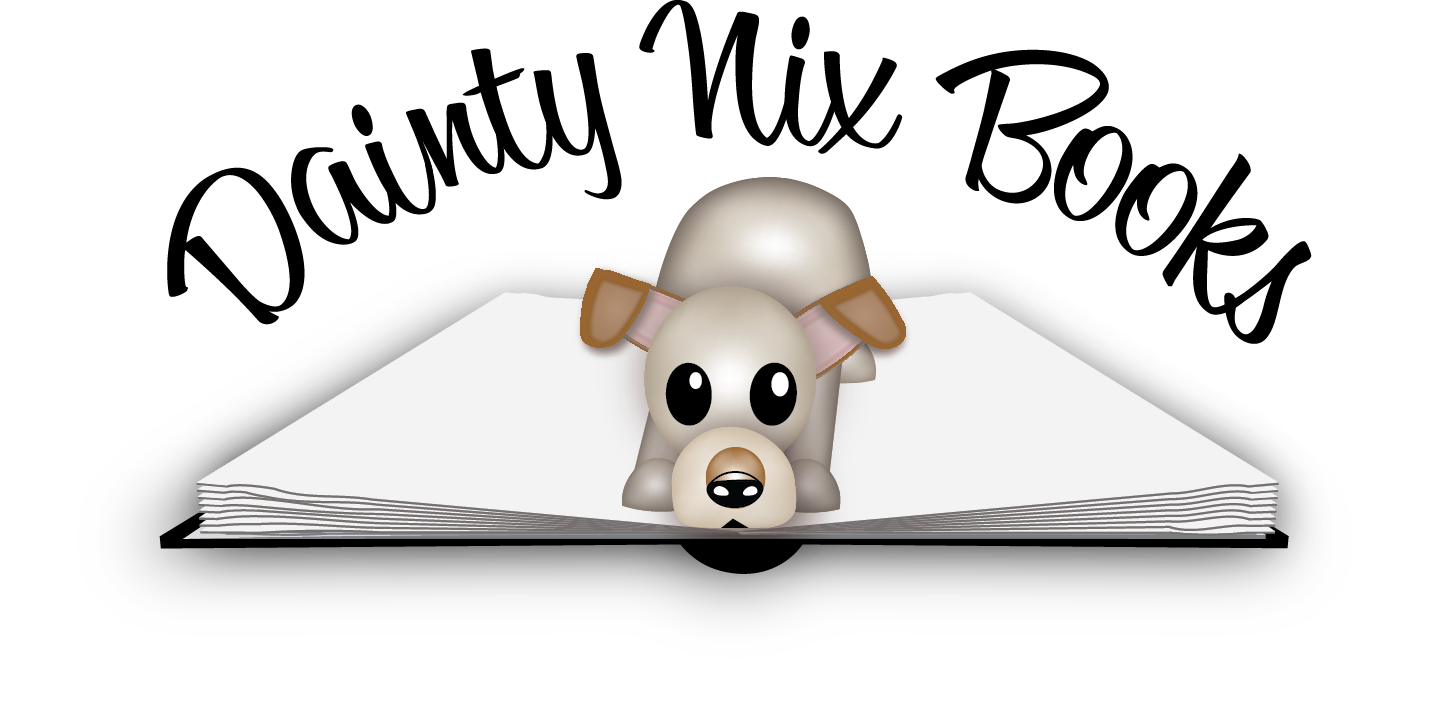Family Dynamics in Children's Literature
The Importance of Embracing Differences: A Lesson from 'Family Dynamics'
Family dynamics play a crucial role in shaping a child's understanding of the world and their own identity. Children's literature often reflects and explores various family structures, relationships, and dynamics in a way that resonates with young readers. From heartwarming tales of unconditional love to stories of conflict and growth, exploring family dynamics in children's literature provides valuable insights and lessons for young readers and adults alike. This blog delves into the rich and diverse portrayal of family dynamics in children's literature, highlighting the impact these narratives can have on young minds.
As children, we are often taught to fit in and be like everyone else. We are encouraged to conform to societal norms and to be like our peers. But what if being different is not something to be ashamed of but something to be celebrated? This is the message that "Family Dynamics" by Courtney Vowell Woodward shares with its readers.
The story follows a curious little violin trying to find her sound. She hears all these beautiful sounds coming from different instruments in the music store, but she can't seem to make them herself. As she goes on a musical adventure, she discovers the importance of embracing differences and learning to appreciate the unique qualities of every individual.
In today's society, where differences are often criticized and judged, we must teach our children the value of diversity. "Family Dynamics" does this in a fun and engaging way through the world of music.
The first lesson from this book is that everyone has talents and strengths. Like how each instrument in the music store has its own unique sound, every person has unique qualities that make them special. Whether through art, sports, or academics, we should celebrate our differences and appreciate what makes us stand out.
On the other hand, the story also teaches us that no one is perfect. Every instrument in the store had its limitations, whether it needed air or had strings. Similarly, every person has their imperfections and areas where they may struggle. Acknowledging these differences and understanding that it's okay not to be perfect is essential.
Another vital lesson from "Family Dynamics" is the importance of collaboration and teamwork. In the story, we see how all the different instruments combine to create beautiful music when they play as a symphony. Similarly, when we work together with people who have different strengths and backgrounds, we can achieve great things. We can create a harmonious and inclusive society by embracing our differences and working together.
One of the most significant challenges children face is peer pressure. They may need to change themselves to fit in with their friends, even if it means suppressing their true selves. "Family Dynamics" teaches us that it's okay to be different and that it's important to stay true to ourselves. The violin may have wanted to sound like the woodwinds or percussion instruments, but she realizes she has a unique, beautiful sound in the end.
Lastly, the story reminds us that trying something new is always possible. The violin had spent her entire life in the string family, but she discovered new things about herself when she ventured out and met other instruments. It's always possible to explore new interests and talents; in doing so, we may find a hidden passion or talent we never knew existed.
"Family Dynamics" by Courtney Vowell Woodward is a heartwarming story that teaches children the importance of embracing differences. This story teaches children valuable lessons about self-acceptance, teamwork, and celebrating diversity. As parents and educators, we are responsible for teaching our children to appreciate and respect differences in themselves and others. So let us all embrace our unique qualities like the violin embraced her sound and create a more inclusive world for future generations.
In conclusion, exploring family dynamics in children's literature offers a rich and insightful glimpse into the complexities of familial relationships. By delving into the diverse portrayals of families in children's books, we gain a deeper understanding of the various dynamics, challenges, and joys that shape family life. Through the lens of literature, we can appreciate the importance of love, communication, and resilience within families while recognizing the diversity of family structures and experiences. As we continue to explore the world of children's literature, let us celebrate the myriad ways families are depicted and celebrated, fostering empathy, understanding, and connection among young readers.
FAQs
Q: Kids' books are mostly used to show moms, dads, and kids. What's changed?
A: Now we see all kinds of families: single parents, blended families, adopted families, even families with two moms or dads! It reflects real life and lets kids see themselves in the stories.
Q: How can books talk about family problems in a way little kids understand?
A: Books can show feelings kids might have, like sadness about parents getting divorced or worry about a sick family member. They show ways to cope and how families can stick together.
Q: Why are books about families different from your own important?
A: They help kids see that families come in all shapes and sizes, and love is what matters. It teaches empathy and understanding.
Q: Can fighting with your brother or sister be in a good book?
A: Sure! Books can show how siblings can be annoying but also learn to share, compromise, and be good friends.
Q: How can parents use books to discuss family with their kids?
A: Books can be a jumping-off point for discussing different families, navigating tough topics, and showing what makes a family strong. Talking about the characters helps kids understand their own families better.

